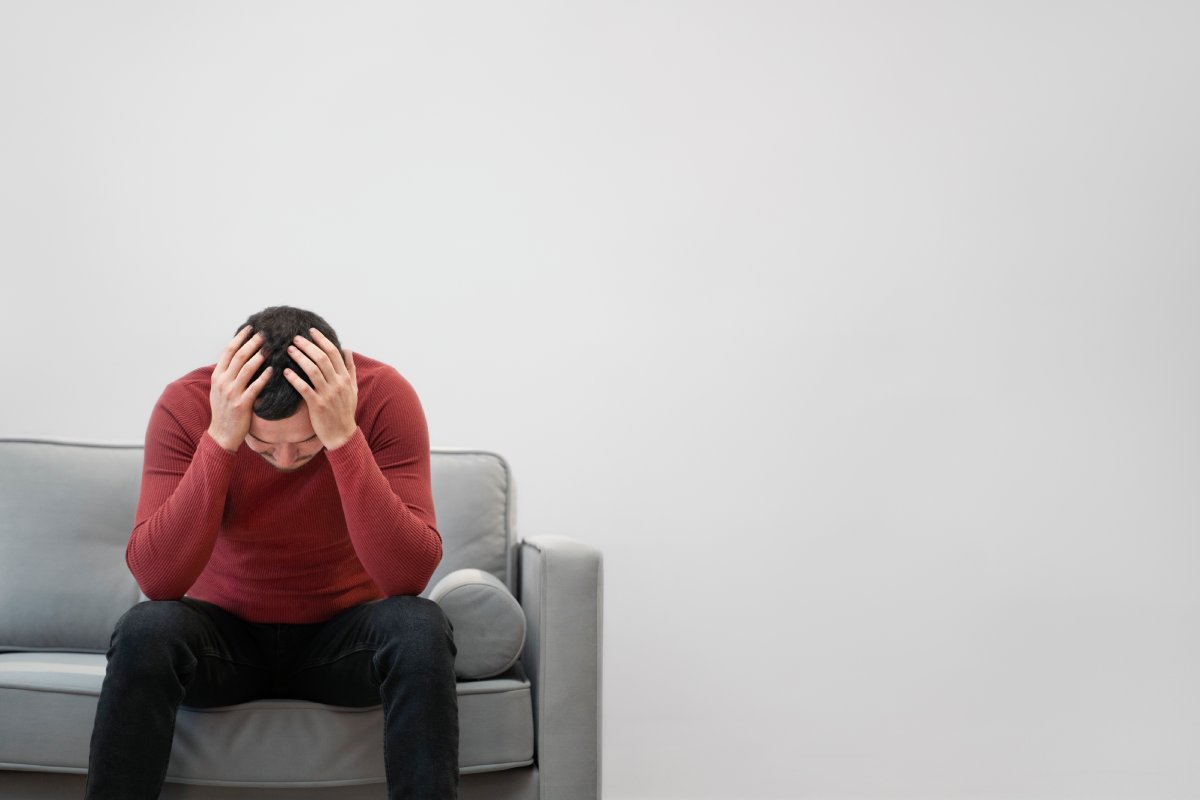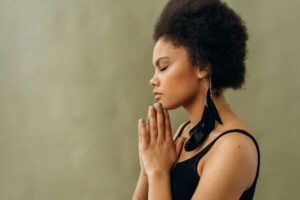Introduction
In today’s fast-paced world, anxiety has become a common experience for many individuals. Whether triggered by work stress, personal issues, or the overwhelming nature of modern life, anxiety can significantly affect our mental and physical well-being. However, many people are turning to holistic approaches to manage their anxiety, with yoga emerging as a popular and effective option. In this blog post, we will delve into how yoga can help alleviate anxiety, the science behind its effectiveness, and practical ways to incorporate yoga into your daily routine.
Understanding Anxiety
What is Anxiety?
Anxiety is a natural response to stress, characterized by feelings of worry, fear, or apprehension. While occasional anxiety is normal, chronic anxiety can lead to debilitating conditions such as Generalized Anxiety Disorder (GAD), panic disorder, and social anxiety disorder. Symptoms may include:
- Excessive worrying
- Restlessness or feeling on edge
- Difficulty concentrating
- Physical symptoms like increased heart rate and sweating
The Impact of Anxiety on Daily Life
Chronic anxiety can interfere with daily activities, relationships, and overall quality of life. It can lead to physical health issues, such as headaches, digestive problems, and sleep disturbances. Therefore, finding effective coping strategies is essential for those affected.
The Role of Yoga in Managing Anxiety
What is Yoga?
Yoga is an ancient practice that combines physical postures, breathing exercises, and meditation to promote physical and mental well-being. It is rooted in Indian philosophy and has been practiced for thousands of years. The word “yoga” means “union,” symbolizing the connection between body, mind, and spirit.
How Yoga Affects the Body and Mind
- Physical Benefits: Yoga enhances flexibility, strength, and balance. The physical postures (asanas) can help release tension stored in the body, which is often exacerbated by anxiety.
- Breath Control: Pranayama, or breath control, is a key component of yoga. Controlled breathing techniques can activate the body’s relaxation response, reducing stress and anxiety levels.
- Mindfulness and Meditation: Yoga encourages mindfulness, which involves being present in the moment. This practice can help individuals detach from anxious thoughts and cultivate a sense of calm.
- Neurochemical Changes: Studies have shown that yoga can increase levels of gamma-aminobutyric acid (GABA), a neurotransmitter that helps regulate anxiety. This biochemical change can lead to improved mood and reduced anxiety symptoms.
Scientific Evidence Supporting Yoga for Anxiety
Numerous studies have explored the relationship between yoga and anxiety relief. Here are some key findings:
- Meta-Analyses: A meta-analysis published in the journal Psychological Bulletin found that yoga significantly reduces anxiety symptoms across various populations, including those with clinical anxiety disorders.
- Randomized Controlled Trials: Research published in JAMA Psychiatry demonstrated that participants who practiced yoga regularly reported lower anxiety levels compared to those who did not engage in yoga.
- Physiological Changes: Studies have shown that yoga can lower cortisol levels (the stress hormone) and enhance overall emotional regulation, leading to a decrease in anxiety symptoms.
Practical Yoga Techniques for Anxiety Relief
If you’re interested in using yoga to manage anxiety, here are some effective techniques to incorporate into your routine:
1. Breathing Exercises (Pranayama)
- Diaphragmatic Breathing: Sit or lie down comfortably. Place one hand on your chest and the other on your abdomen. Inhale deeply through your nose, allowing your abdomen to rise while keeping your chest still. Exhale slowly through your mouth. Repeat for several minutes.
- Nadi Shodhana (Alternate Nostril Breathing): This technique helps balance the nervous system. Close your right nostril with your thumb, inhale deeply through your left nostril, then close your left nostril and exhale through your right. Continue alternating for a few minutes.
2. Gentle Yoga Poses
- Child’s Pose (Balasana): This restorative pose promotes relaxation. Kneel on the floor, sit back on your heels, and stretch your arms forward while resting your forehead on the mat.
- Cat-Cow Stretch (Marjaryasana-Bitilasana): This dynamic movement helps release tension in the spine. Start on your hands and knees, alternate between arching your back (cat) and lowering your belly (cow) while synchronizing your breath.
- Legs-Up-the-Wall Pose (Viparita Karani): Lie on your back and extend your legs up against a wall. This pose promotes relaxation and helps reduce anxiety by calming the nervous system.
3. Meditation and Mindfulness
- Guided Meditation: Use apps or online resources to find guided meditations specifically designed for anxiety relief. These can help you focus and cultivate a sense of calm.
- Mindfulness Practice: Incorporate mindfulness into your daily activities. Focus on the sensations of your breath, the taste of your food, or the feeling of your feet on the ground.
Creating a Consistent Yoga Practice
To experience the full benefits of yoga for anxiety, consistency is key. Here are some tips to help you establish a regular practice:
1. Set Realistic Goals
Start with short sessions (10-15 minutes) and gradually increase the duration as you become more comfortable. Aim for at least 2-3 sessions per week.
2. Find a Suitable Class or Online Resource
Consider joining a local yoga class or exploring online platforms that offer yoga sessions tailored for anxiety relief. Look for instructors who emphasize mindfulness and breathwork.
3. Create a Dedicated Space
Designate a quiet and comfortable space in your home for yoga practice. Having a specific area can help you get into the right mindset and make it easier to practice regularly.
4. Listen to Your Body
Yoga is about tuning into your body and respecting its limits. If a pose feels uncomfortable or causes pain, modify it or skip it altogether.
Conclusion
Yoga is a powerful tool for managing anxiety, offering a holistic approach that addresses both the mind and body. By incorporating yoga into your daily routine, you can cultivate a sense of calm, improve your emotional regulation, and enhance your overall well-being. Whether you’re a seasoned yogi or a beginner, the benefits of yoga for anxiety relief are accessible to everyone. Embrace the journey of self-discovery and healing through yoga, and experience the transformative effects it can have on your mental health.




